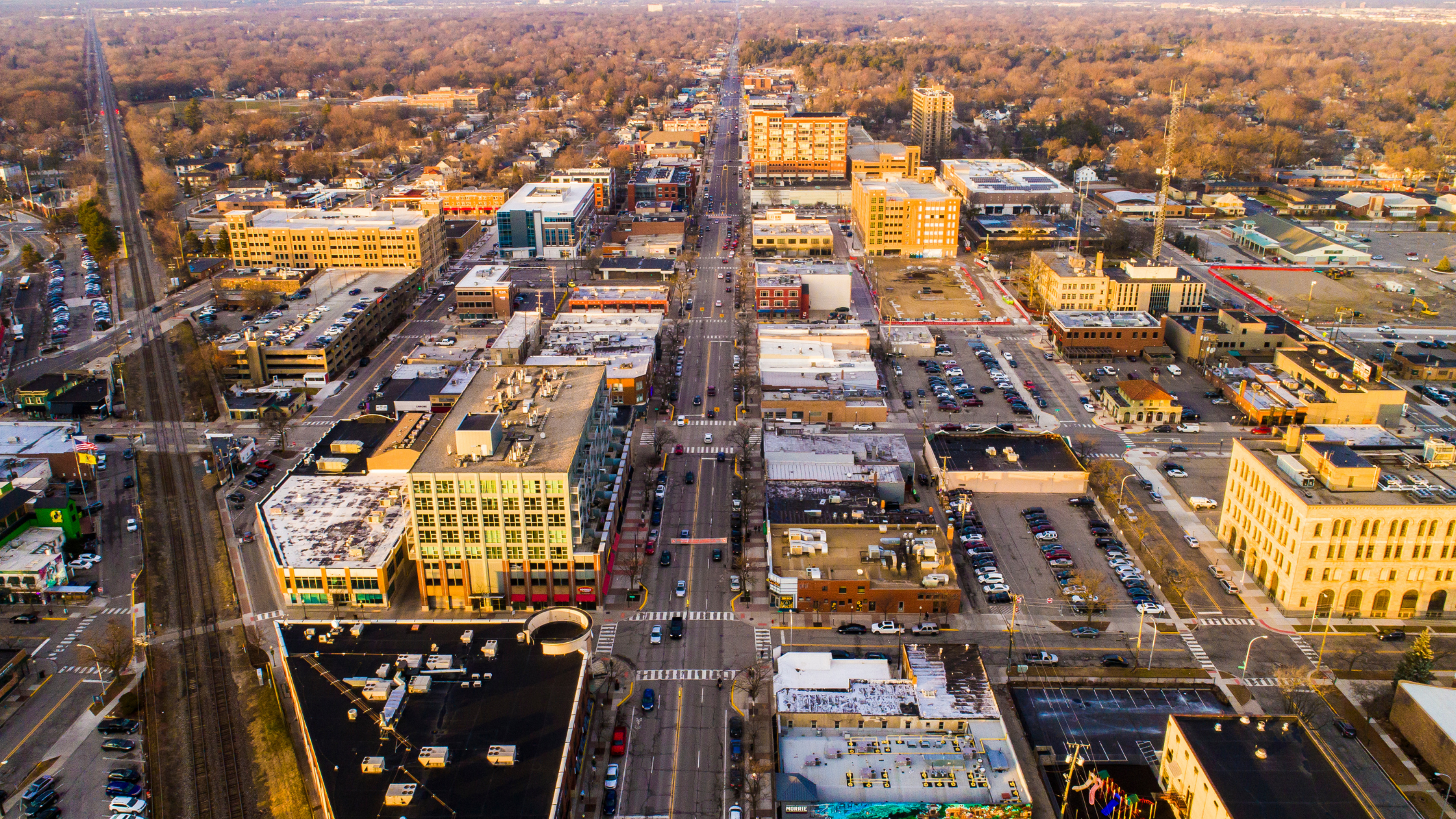
This article was written by Susan Barkman as part of our AARP Livable Communities series. Susan is the Assistant to the City Manager in Royal Oak, Michigan and the staff liaison for the task force working on Royal Oak’s Livable Communities plan through the AARP. Connect with Susan on Twitter, LinkedIn, or Email.
Earlier this year I had the great opportunity to start working for the city of Royal Oak, Michigan. We are a suburb of Detroit with just under 60,000 people. Like many cities, we anticipate a growing number of seniors in the decades ahead. In 2019 the city of Royal Oak applied to the AARP’s Livable Communities program and started to work on a plan.
If you aren’t familiar with the AARP’s model, it is a 5-year plan with year 1 focusing on collecting data, year 2 is diving into setting up the action plan and then years 3-5 are all about getting it done. All of this work is moving your community toward identifying and implementing things that make it easier for senior residents to age in place or within the community. Each plan is unique based on the needs of the community that created it and their local context.
Our efforts seemed to have gotten through the first year pretty well. We were able to complete focus groups, the AARP’s aspirations sheets, as well as a survey all within a year. Together these tools gave us some ideas of what the community wanted to see changed and some areas had some stronger themes.
As we were beginning to pivot to the second year the pandemic hit, and we have some staffing changes. This project ended up being paused for about the first year of the pandemic. As restrictions eased and groups were interested in meeting again, I was hired, and it took me a few moments to get my feet under me with this one. I had not worked on senior issues much and didn’t know anything about how this planning process.
The AARP developed a model that is easy to follow, very easy to tailor, and jump into for staff changes. As a believer in begging, borrowing, and stealing great practices, it was nice to have other communities with similar and different demographics, sizes, and political contexts and be able to see what they came up with. A few other nearby communities had done theirs previously, but not close enough that we could really evaluate opportunities for collaboration.
I was also glad that we completed a lot of the public engagement prior to the pandemic. We heard in our survey and focus groups that some seniors struggle with technology and need a lot of help to get things set up or maintained. The challenge of providing that support with limited resources, in-person availability, and the risks to seniors would have made hosting engagement tricky, especially in the early days. I think ultimately it would have limited the pool of participants to the most technologically savvy residents and skewed some of the results particularly when it comes to thinking about how they access services and communicate. As the pandemic goes on, I am curious to see how this changes for other cities. Did the pandemic force less-savvy residents to gain technology skills or did it leave people further behind? I am betting it is both and probably will leave us with more digital divide challenges in the future.
Another pleasant outcome for us is seeing opportunities for collaboration within our organization. A few other groups have been interested in looking at our data to learn more about what seniors think related to their issue. For example, a co-worker is working on a sustainability plan and sustainable transportation, so the information we gathered on transportation is helpful for them to know what challenges seniors are having, and what kind of transportation they would find the most helpful.
What I love most about this effort is the opportunity to really build a plan based on community interests, supported by community-based experts, and see meaningful changes and examination of issues. This dialogue helps decision-makers to hear from the community and ensure their support as useful resources.
